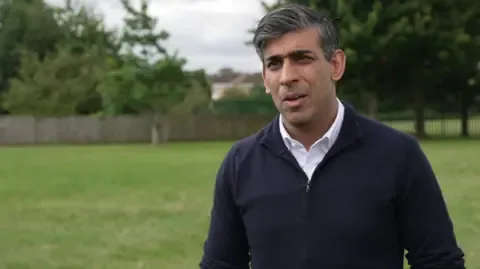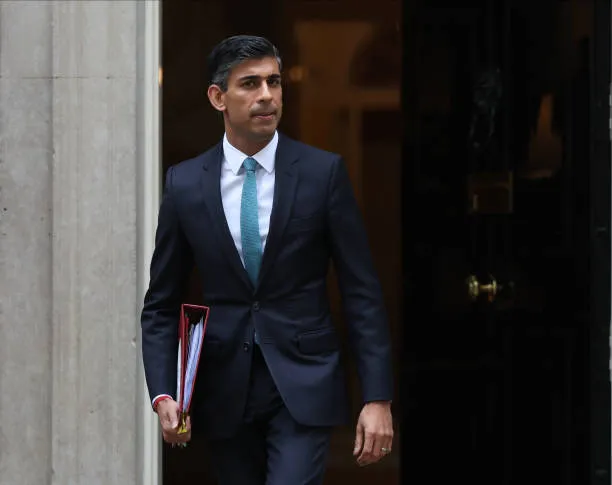Rishi Sunak, the current UK Prime Minister, has insisted that he had a “very good chat” with his predecessor Boris Johnson after they failed to be seen together at a Conservative rally. The event was meant to boost the flagging Conservative campaign, but the absence of a joint appearance between the two leaders raised eyebrows. Despite their tumultuous past, Sunak and Johnson maintained a facade of unity, with Sunak praising Johnson’s warnings about a Labor government and Reform UK.
However, the reality of their relationship is far from rosy. Johnson’s resignation from the cabinet, partly due to Sunak’s determination to replace him as Chancellor, was a major factor in his downfall. The two leaders have a history of disagreements, which has contributed to the current perception of a divided Conservative Party.
Johnson’s surprise appearance at the rally was intended to give the Conservative campaign a much-needed boost, but it ended up drawing attention to the party’s internal divisions. His speech was filled with warnings about the dangers of a Labor government and Reform UK, but he failed to make a positive case for Sunak and the Tories.

Prime Minister Rishi Sunak (Via Rishi Sunak/Twitter)
Meanwhile, Labor leader Sir Keir Starmer remained unfazed by Johnson’s intervention, describing it as a desperate attempt to distract from the Conservative Party’s failures. Liberal Democrat leader Sir Ed Davey mocked the Tories’ decision to bring Johnson back into the fold, calling it a “bit weird” and highlighting the failures of Johnson and other previous Conservative leaders.
Reform UK leader Nigel Farage was even more scathing in his assessment, calling Johnson a “busted flush” and blaming him for the Conservative Party’s decline. Farage argued that Johnson’s policies had turned off many “red wall” voters, making his appearance at the rally a short-term gimmick.
The episode highlights the challenges facing the Conservative Party as it tries to regain its footing in the upcoming general election. Despite Sunak’s efforts to present a united front with Johnson, the party’s internal divisions and leadership struggles will likely continue to dominate the campaign trail.











































